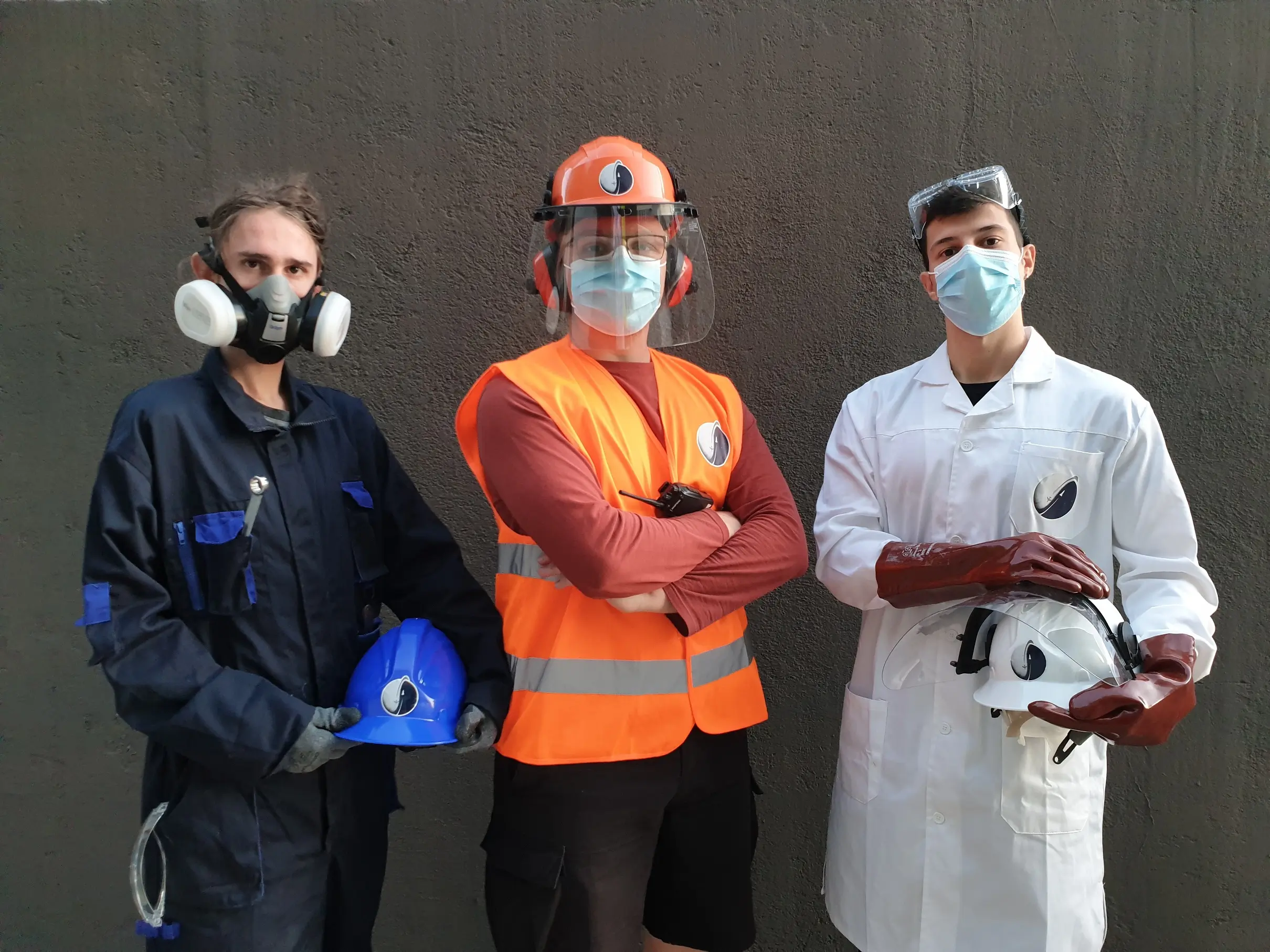The payload defines the mission of the rocket. It can be anything from a scientific experiment and a communication device to the most valuable payload that has been carried by rocket into space, which is a human being.
The Payload subsystem is responsible for the implementation of a payload that will take advantage of the conditions that occur during flight (altitude change, temperature, acceleration, the composition of the air, etc.) in a way that might justify its inclusion inside the rocket. Of course, the payload can include more than one experiment, even if their scientific interests differ, as long as there is enough space to include them. These could range from biology experiments to the testing of new technology. The payload is usually housed in structures such as CubeSats or CanSats. Standard CubeSats are made up of 10x10x10 cm units. The smallest standard size is 1 Unit (1U) while the most used size in high-power rockets, such as SELENE, is a 3U CubeSat (30x10x10 cm).
A payload could be deployable, which means it disconnects from the rest of the rocket at apogee and descends separately, or non-deployable. If the payload is deployable, it is essential to implement a Global Positioning System (GPS), as well as all electronics systems to acquire and store data. The data can be also viewed live via a telemetry system. Such systems are developed by the Avionics sub-system.





